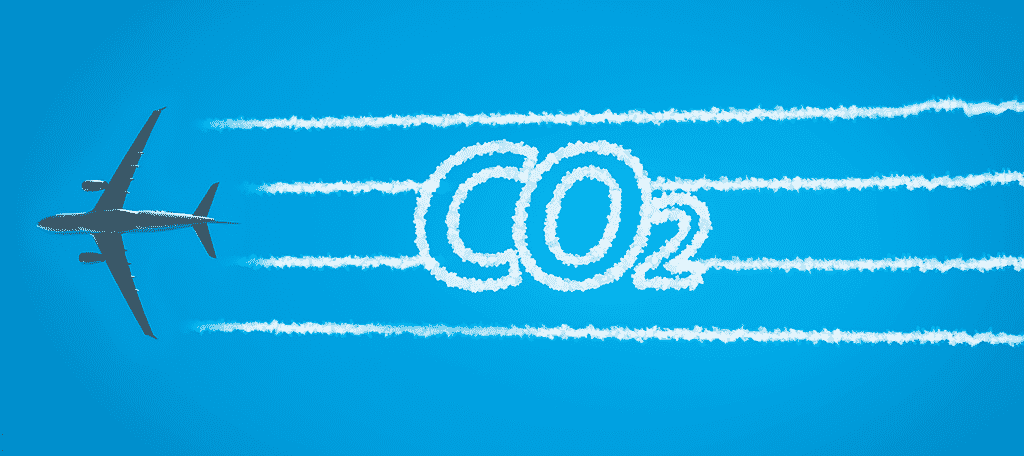
EasyJet flights announced that it will become the first major airline to operate net-zero carbon flights. It will accomplish this by offsetting carbon emissions from all 331 of its planes.
To put it into perspective, if you combined all of the airlines in the world into a country, that country would rank as number 10 for total carbon emissions.
However, the EasyJet flights acknowledged that offsetting carbon is only an “interim” step. The company is seeking to reinvent aviation by becoming more fuel-efficient and researching electric planes.
How Can Airline Emissions Be Reduced?

With airline usage continuing to increase, how exactly can their emissions be reduced?
For starters, airlines need to do a better job at filling up plane seats. If there are multiple flights from point A to point B on the same day, but none of them are at full capacity, there is a problem.
By ensuring that planes are at full capacity, you can reduce the number of trips each plane needs to make. And of course, fewer flights means fewer emissions.
More efficient fuel consumption would significantly lower emissions. It should go without saying that this is a win-win situation. If jets can use less fuel, airlines will save money while also lowering their impact on the environment.
Electric airplanes are still in the early stages of development, but they would absolutely fix the emission problem. The issue at the moment is the maximum capacity of a battery.
How Much Does It Cost to Offset Carbon?
You may think that offsetting carbon for 331 planes would be incredibly expensive, but it’s actually quite affordable.
It will only cost the airline 25 million pounds (or 32.4 million USD).
Wait, that doesn’t sound so cheap. Well, take into consideration the airline made 5.8 billion pounds in 2018. This means 25 million only ends up being 0.43% of their total revenue.
This begs the question, if it will have such a small impact on airlines, why are other major airlines not doing their part?

